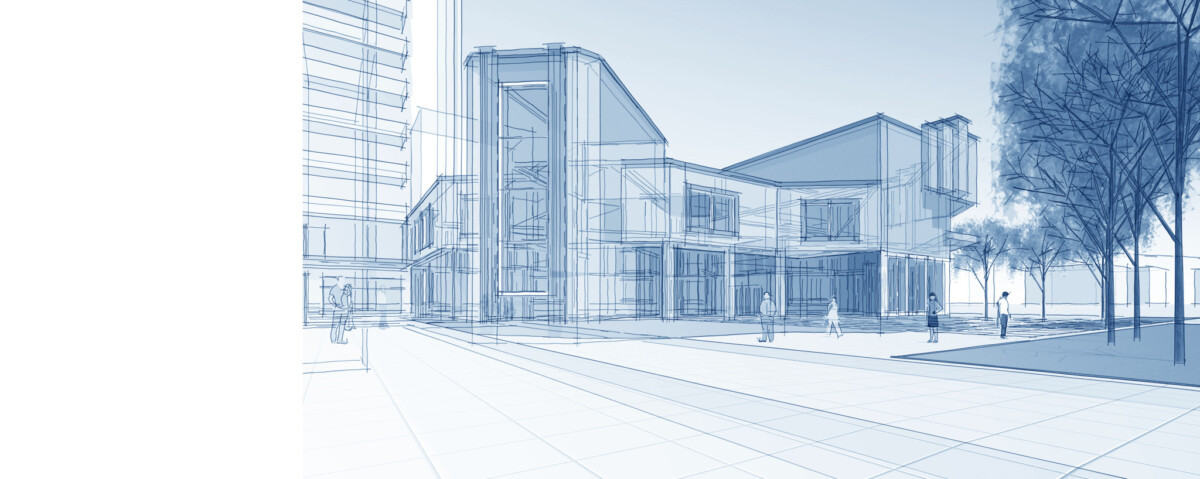Local development projects—ranging from transportation upgrades and commercial centers to new schools and green spaces—play a critical role in shaping the economic and social landscape of communities. One of the most profound effects of such developments is their impact on the values of residential and commercial properties. Whether you’re a homeowner, real estate investor, or developer, understanding how local projects impact property values is crucial for making informed decisions.
1. Understanding Local Development Projects
Local development projects typically fall into several categories:
- Public infrastructure (roads, bridges, water systems)
- Transportation improvements (new train stations, expanded bus routes)
- Community amenities (parks, libraries, recreation centers)
- Commercial developments (shopping centers, entertainment complexes)
- Educational and health facilities (schools, hospitals)
These projects are typically funded by municipalities, state governments, or public-private partnerships, aiming to enhance the quality of life, stimulate economic growth, and attract new residents or businesses.
2. Positive Impacts on Property Values
A. Improved Transportation Access
One of the most direct ways a development project increases property value is through improved transportation infrastructure. Properties located near new subway lines, highways, or bus routes often see value appreciation due to enhanced accessibility. Commuters, especially in urban areas, are willing to pay premiums for convenience, making these areas more desirable.
Example:
A study of properties near the Los Angeles Metro found that homes within a half-mile of new stations appreciated up to 20% faster than comparable homes farther away.
B. Commercial and Retail Growth
New commercial developments, such as shopping centers, restaurants, or entertainment venues, tend to increase the value of nearby homes by enhancing the overall desirability of a neighborhood. These amenities reduce the need for long commutes and offer lifestyle upgrades that attract buyers and tenants.
Example:
In suburban communities, the opening of a large retailer, such as Target or Whole Foods, often leads to increased property values in nearby neighborhoods, especially when accompanied by upgrades to roadways and public spaces.
C. Green Spaces and Parks
Homeowners highly value access to green space. Projects that create parks, walking trails, or waterfront access typically result in higher home values. These areas appeal to families, retirees, and professionals looking for leisure and lifestyle enhancements.
Example:
In New York City, properties located within 500 feet of Central Park consistently command higher prices than those farther away, with a clear premium attached to views of and access to the park.
D. School Construction and Renovations
The addition or renovation of a school can greatly influence neighborhood desirability. Families often relocate based on school district rankings, so the introduction of new, modern schools or improvements in school performance can cause home values in the area to surge.
Example:
In Florida, a 2018 study found that home prices increased by an average of 6% within two years of a new school opening nearby.
3. Negative or Mixed Impacts on Property Values
Not all development projects have a positive impact. Some can lead to property devaluation or generate mixed reactions depending on how they’re implemented.
A. Noise and Traffic Pollution
New highways, airports, or commercial centers can lead to increased noise, congestion, and pollution. While they may improve accessibility, the quality-of-life impact can lower desirability and property values in nearby areas.
Example:
Properties adjacent to busy highways may suffer from lower prices compared to similar homes located a few blocks away due to constant traffic noise and air pollution.
B. Overdevelopment and Gentrification
While development can rejuvenate a neighborhood, rapid overdevelopment may lead to inflated prices, making areas unaffordable for long-time residents. Gentrification can displace families and alter the character of a community, sometimes leading to local backlash and long-term instability.
Example:
In certain areas of Brooklyn, New York, rapid development has led to substantial increases in home prices. However, backlash from displaced residents has led to political intervention and temporary slowdowns in appreciation due to uncertainty.
C. Temporary Disruption During Construction
During construction phases, nearby properties can experience temporary value drops due to dust, detours, and noise. Although this is often short-lived, the disruption can have a lasting impact on sales and rental prices in the short term.
4. Factors That Influence the Degree of Impact
A. Project Type and Scale
Larger, more comprehensive projects—such as a new stadium or multi-use commercial development—tend to have a bigger impact on property values than smaller or single-purpose developments.
B. Neighborhood Conditions Before Development
The initial condition of a neighborhood also plays a role. A run-down area undergoing revitalization may see higher percentage gains in property value compared to already well-developed neighborhoods.
C. Market Conditions
Local market trends and national economic conditions can either amplify or diminish the effect of a development project. In a hot real estate market, even minor improvements can further boost prices. In contrast, in a stagnant market, the effect may be muted.
5. Investment and Community Planning Considerations
A. Timing the Market
Savvy investors and homebuyers often monitor upcoming development announcements and purchase properties in areas before projects are completed. This strategy allows them to benefit from value increases over time. However, it requires thorough research and a high level of risk tolerance.
B. Community Input and Engagement
Communities that actively participate in planning and implementing local projects are more likely to see developments that positively impact property values. Transparency, public hearings, and community-led design help ensure that projects meet local needs and maintain harmony with existing architecture and lifestyle.
C. Zoning and Regulatory Changes
Rezoning, often necessary for new developments, can either enhance or suppress property values, depending on its impact on land use. Homeowners should stay informed about changes to local zoning laws to understand how they may affect the long-term investment value of their property.
6. Long-Term Trends and Case Studies
Historical trends show that over time, well-executed local development projects tend to increase both residential and commercial property values. Cities that invest in infrastructure and quality-of-life improvements often see growth in population, business activity, and overall economic vitality.
Case Study:
In Denver, Colorado, the addition of the Union Station redevelopment project, which includes transit connections, retail, and housing, has sparked a renaissance in the surrounding neighborhood, resulting in property values that have increased by over 35% in under a decade.
Conclusion
Local development projects can be a powerful driver of property value changes. While the positive impacts often outweigh the negatives, the exact effect depends on a complex mix of project type, community involvement, existing conditions, and market timing. Homeowners, investors, and urban planners must collaborate to ensure that development aligns with long-term goals for sustainable and equitable community growth.
By staying informed and proactive, stakeholders can leverage local development as an opportunity to enhance their investments and improve the quality of life for residents.
Thank you for reading! If you enjoyed this article and want to explore more content on similar topics, check out our other blogs at Sonic Loans, Sonic Realty, and Sonic Title. We have a wealth of information designed to help you navigate the world of real estate and finance. Happy reading!
Are you looking for the right loan? Check out Sonic Loans for tailored mortgage solutions that make home financing simple and efficient.
How to Improve Your Credit Score Before Applying for a Mortgage
FHA vs. Conventional Loans: What’s Best for First-Time Buyers?
Digital Property Management Solutions: The Future of Real Estate Efficiency
Virtual Reality in Property Marketing: The Future of Real Estate
PropTech Trends Shaping Real Estate
AI in Real Estate: Current Applications
Blockchain in Real Estate: Future Applications
Smart Home Features Worth Installing
Allen Park vs. Garden City: Where to Invest in 2025










